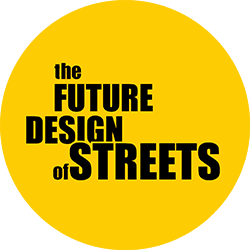TYPOLOGY
One thing that is very important when it comes to street design is to understand its principle and role in the city. Not every square can be the main square, not every street can be the main street.
Martin Arfalk
Every street is in principle unique, because of its social and spatial characteristics, composition, functional organisation, and location. Every street goes along many individual and collective stories. Some of celebration, others of disaster. The variety of streets is very large.A few examples are: a Garden street, a Woonerf, a Shopping street, Living street, a Bike street, an Avenue/Boulevard. At the same time, many (base) components and materialisations are highly standardised.
Designing driving lanes or cycling lanes that can retain temporary water, can serve mobility, as well space for climate adaptation. It can provide and design some lanes that can retain water in the most critical moments of critical storms.
Components such as concrete pedestrian areas, curbs with integrated rain water systems, driving lanes of asphalt, urban furniture, street trees and traffic lights, are basically present in all kinds of street types, but in each street in a specific manner. The composition and site-specific character of a street contributes to the uniqueness of that street.
It is possible to imagine a multitude of street types. By integrating social, green/sustainable and mobility issues in a balanced way, a range of new street designs can be explored and developed. And with that, we can also bring some components that can improve existing streets. Inviting new specialised actors and citizens can have a positive effect to open up our spectrum of imagination.
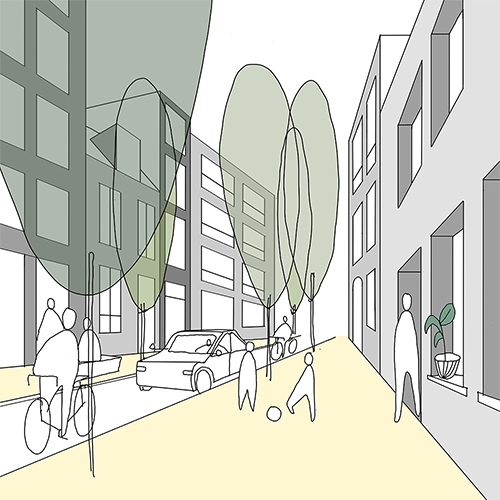
GARDEN STREET
Local streets can be redesigned as green spaces that provide room for all kinds of social activities, in which proximity to flora and fauna is established. This is also a street for leisure and recreation, for pedestrians and cyclists.
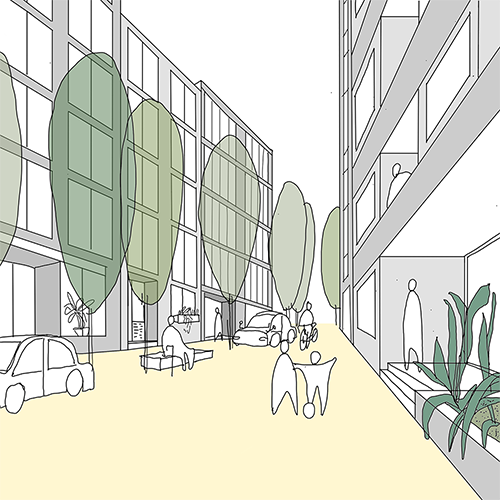
SHARED STREET
This is a ´woonerf´, a street space with shared mobility, giving priority to pedestrians first, then cyclists and lastly to motorised vehicles. A street that complements and expands the domestic space. It is an extension of the house, it enables uses that sometimes are not possible in an increasingly limited domestic space.
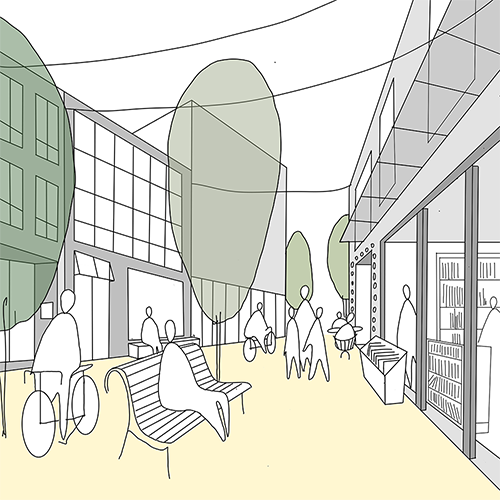
SHOPPING STREET
There are many small-local and large-urban shopping streets. These are streets that are specialised in shopping, drinking & eating, leisure. Streets that serve a private space dedicated to commerce, but also those that regularly host a market. The shopping street may be permanent, temporary or periodical.
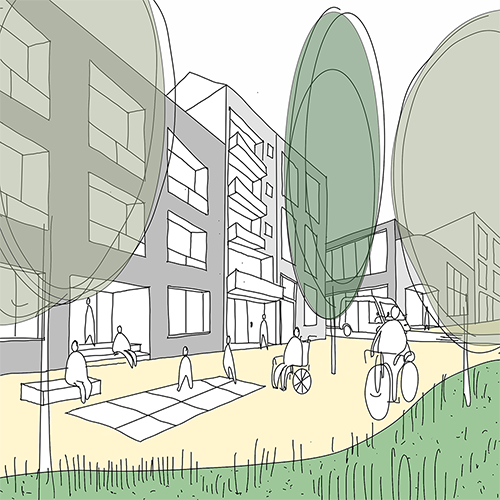
RESIDENTIAL STREET
Many regular streets combine different types of flows – separated for pedestrians, cyclists, drivers – and places to stay (pedestrian areas). Street parking is standard in these streets. The regular street is based on a conventional system of spatial organisation and functional specialisation. Pedestrian area, cycling lanes, car park area, tree planting, service zone and driving lanes for (fast) motorised vehicles.
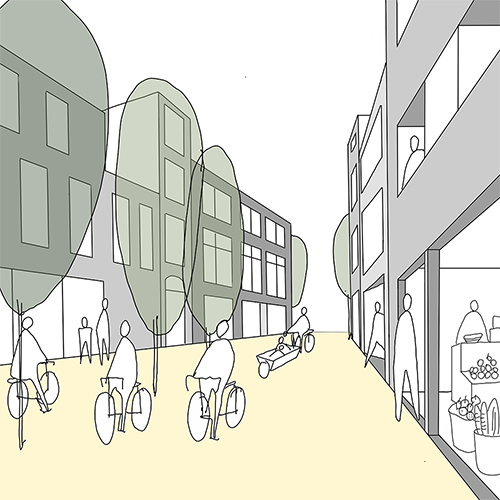
BIKE STREET
Imagine streets without any cars or other large motorised vehicles. In a bike street everything goes by bikes: moving, parking, accessibility, delving, loading & unloading, small emergency assistance. Of course, in a good harmony with pedestrians.
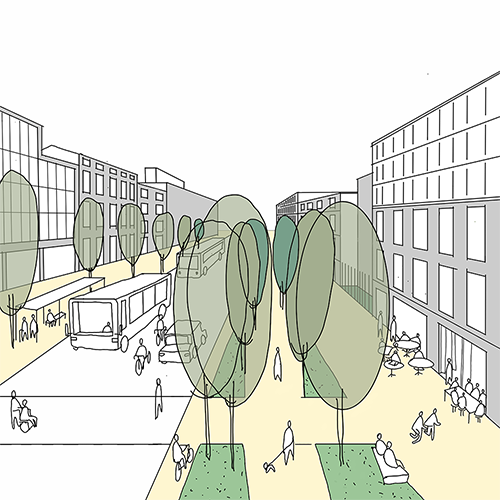
AVENUE/BOULEVARD
Big streets that have an important position in the overall mobility infrastructure network. Streets that are important to facilitate major mobility flows (where other streets converge), and ensures accessibility on a large scale. These streets are often planned within the existing city or as part of new urban extension areas.
